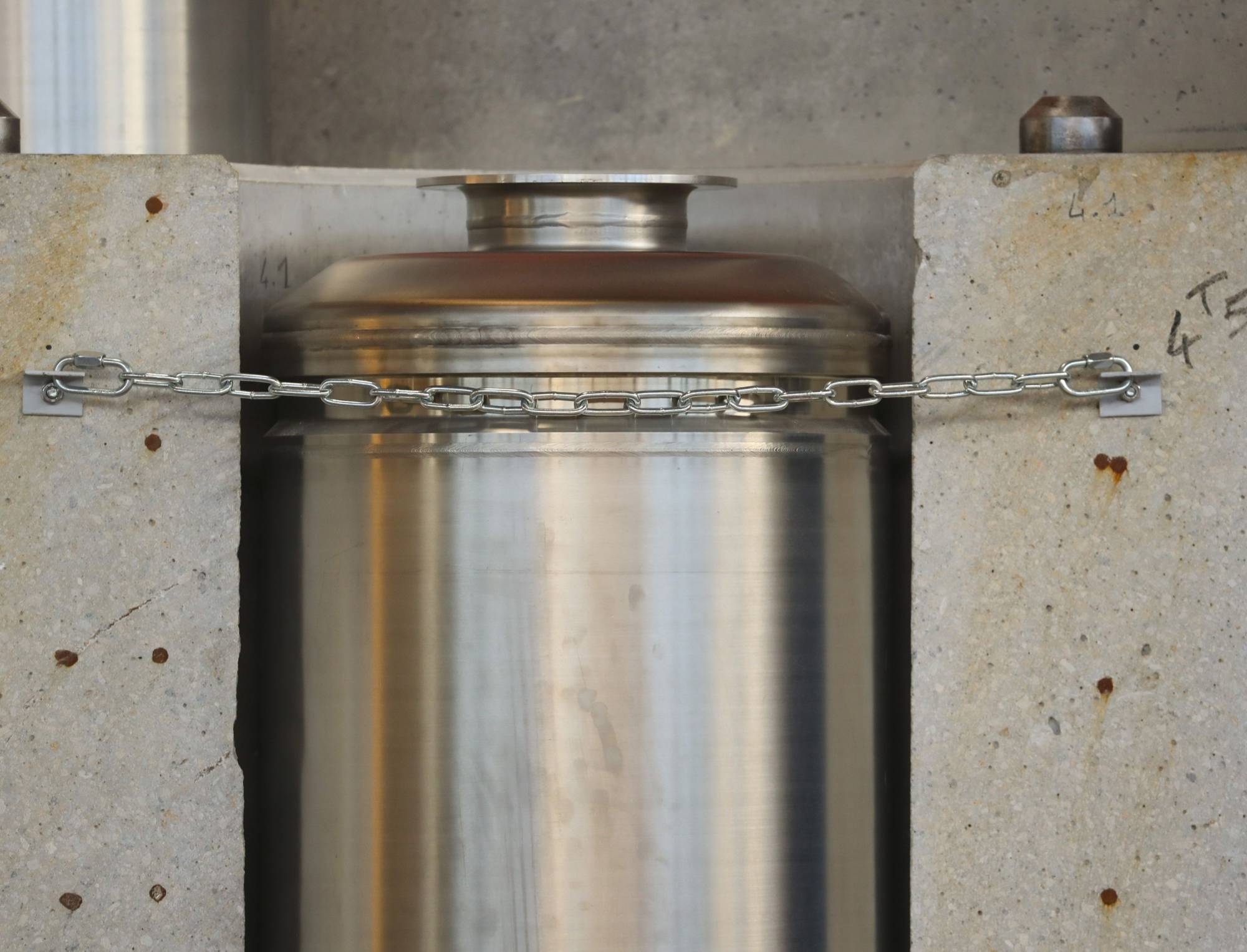A new generation of smaller atomic reactors, designed to tout nuclear power’s role as a clean-energy alternative, may also come with an outsized waste problem that could send costs surging.
Small-modular reactors, known as SMRs, could produce as much as two to 30 times more waste than conventional atomic power plants in operation today, according to scientists including Allison Macfarlane, the former chairman of the U.S. Nuclear Regulatory Commission, in research published last week by the U.S. Proceedings of the National Academy of Sciences.
SMRs have drawn billions of dollars of support from countries and investors including Bill Gates and Warren Buffett. There are more than 70 designs in different stages of development worldwide with some vendors predicting commercialization by the end of this decade. Unlike today’s giant reactors that can generate a gigawatt of electricity, SMRs are being designed to produce less than a third of that energy and work with intermittent solar and wind power.



